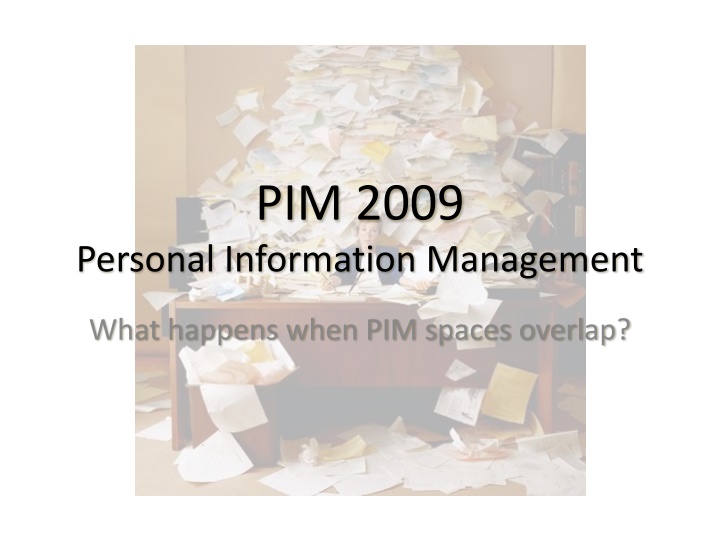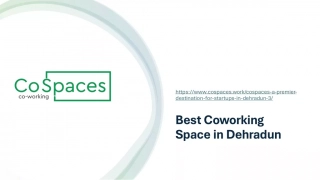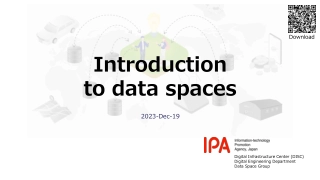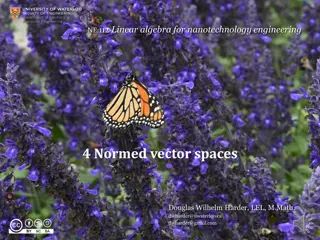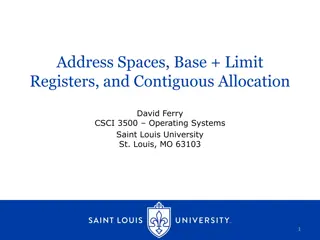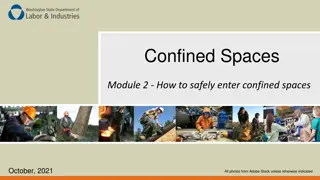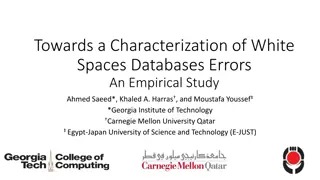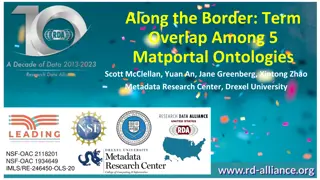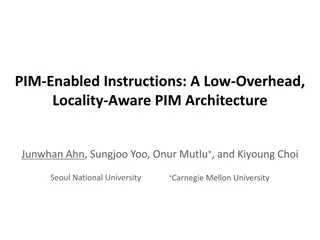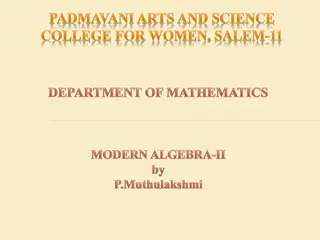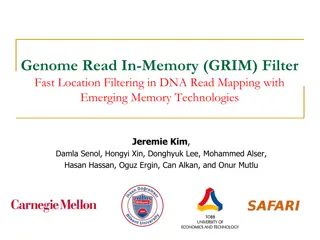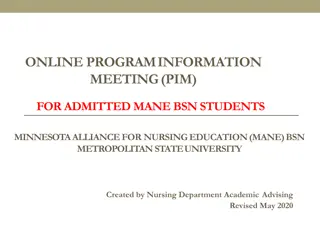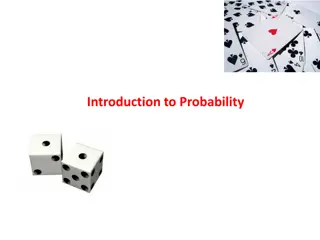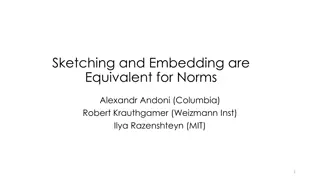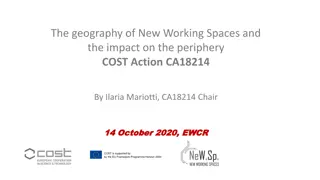When PIM Spaces Overlap: Challenges and Solutions
Personal Information Management (PIM) spaces overlapping can lead to issues like leakage, fragmentation, and confusion. Explore insights from PIM 2009 on managing PIM identities, best practices, and analyzing PIM for effective solutions. Discover the impact of intersecting tasks, devices, and infrastructure on PIM efficiency and user experience.
Download Presentation

Please find below an Image/Link to download the presentation.
The content on the website is provided AS IS for your information and personal use only. It may not be sold, licensed, or shared on other websites without obtaining consent from the author.If you encounter any issues during the download, it is possible that the publisher has removed the file from their server.
You are allowed to download the files provided on this website for personal or commercial use, subject to the condition that they are used lawfully. All files are the property of their respective owners.
The content on the website is provided AS IS for your information and personal use only. It may not be sold, licensed, or shared on other websites without obtaining consent from the author.
E N D
Presentation Transcript
PIM 2009 Personal Information Management What happens when PIM spaces overlap?
Presentations Keynote: Gary Marchionini Identity as a personal information space Proflection: information projection + reflection Create a manifesto of personal information rights? Contributed papers Rob Capra, Survey of Personal Information Management Practices. William Jones, Providing for Paper, Place and People in Personal Projects. Manas Tungare and Manuel P rez-Qui ones, Mental Workload at Transitions between Multiple Devices in Personal Information Management.
Discussion Panels Intersection of tasks: Flexibility Intersection of devices: Device constraints Analysis and evaluation of PIM: Common approaches Teaching PIM: Best practices Breakout groups Infrastructure for PIM Evaluation of PIM Managing PIM Identities Best Practices
Infrastructure for PIM Unifying elements Copy and paste, text URI, file name RDF, semantic desktop Focus: Window and document focus Unifying attention What people are attending to Pulling in other information
Analyzing and Evaluating PIM Survey of model PIM studies Build common approaches Reference tasks Domains: Web, email, file systems, calendar, photos, music Metrics Search v. browse, time, optimal path, cognitive effort Affective, flow, engagement, control, lostness Measure PIM practice Percent of files used recently, folder branching factor Organizational strategies (e.g., filer v. piler) Awareness (e.g., where stored?), confidence
Managing PIM Identities How people manage their identities Tools, physical/data location, device, screen name, language, avatars, fantasy Sometimes intentional, sometimes unintentional Benefits Cognitive effort, privacy, ownership, control Problems Leakage, fragmentation, confusion, embarrassment Reasons for problems Tools, society, other people, individual Tackle it with better tools, policy, and flexibility
Best Practices Teach people to manage their PSI better Information management strategies identified Need to study, test, and identify better Many dimensions affect best practices Age, style, tools, trust, special needs, discipline But we may not as different as we may think How to share best practices? Value in knowing how you differ
PIM Definitions Proflection: Information projection + reflection Toothbrush effect: The act of doing something personal for the benefit of other people that in fact benefits the individual doing the action. Information closet: A digital space (commonly a folder) where miscellaneous information that hasn't been put away properly is stored.
